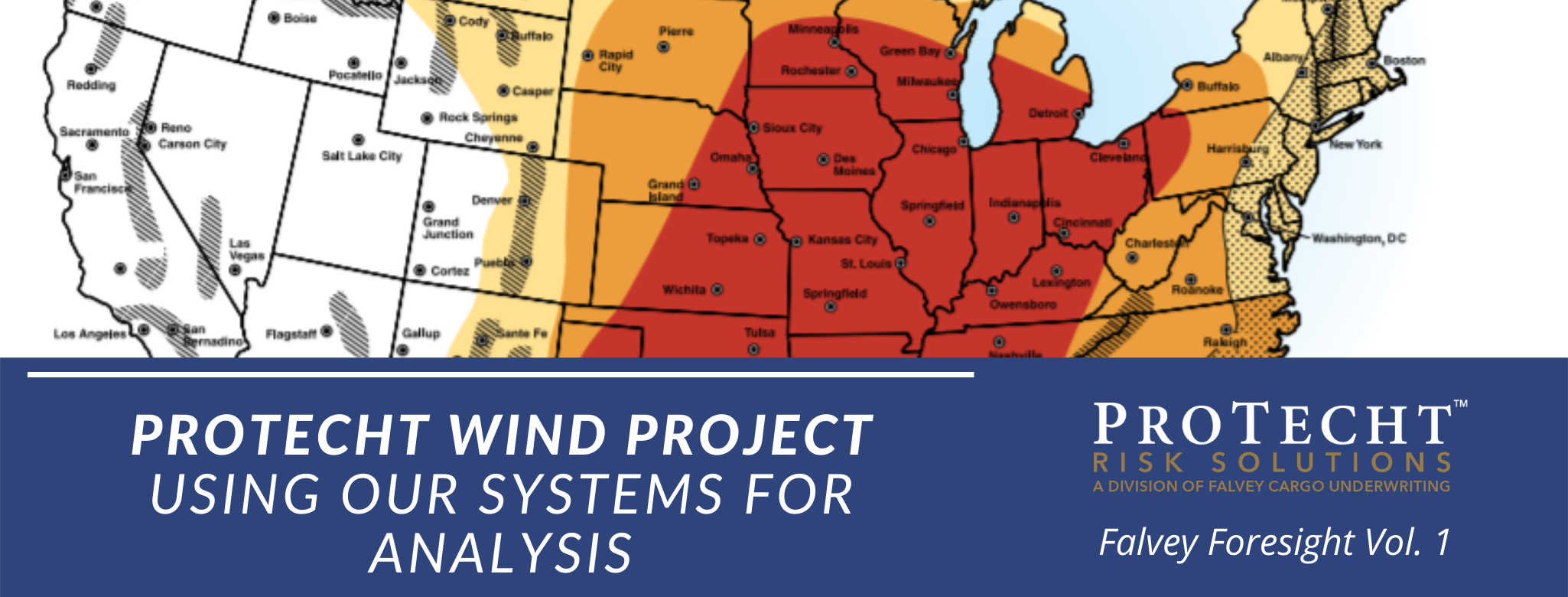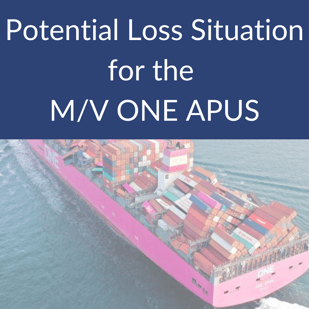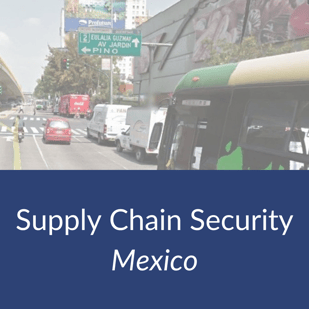ProTecht Wind Project: Using Our Systems for Analysis
One of our largest loss prevention projects in 2020 was our aptly named, “Wind Project” in which we set out to utilize our proprietary system data in a real-world, and somewhat complex, application with multiple moving parts. Our vast network of assureds with scheduled locations throughout the United States and across the globe makes identifying all insured locations within specific target zones challenging. It has been a largely manual exercise in the past, but with our new capabilities provided by utilizing several new internal and external system platforms, we set out to highlight and identify locations within desired parameters in a more fluid, visual, and comprehensive way.
A top request from our underwriters was a more complete view of locations, limits, and risks. For our risk control and loss prevention purposes, this wind risk location project would be one of our most advanced and wide-reaching integrations of system data for a specific application yet.
We identified the separate risks banded wind zones in the US according to the information available from FEMA. Taking into account wind Zone IV, wind Zone III, and the Hurricane-Prone Region, as represented on the map below, we began to overlay the locations of scheduled facilities in our system and decipher which category of wind risk they belonged to.
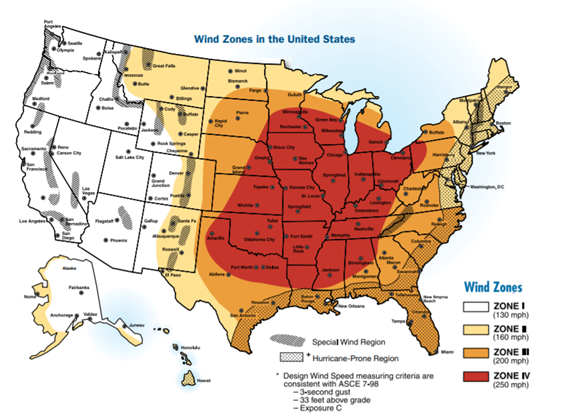
From there, information was broken down further by state, company name, location inventory value on file for each site, listed address, and underwriter on the account. We took into consideration the risk and likelihood that a catastrophic event may befall the area based on historical data. Pictured below is a of a heat map of actual tornado events of F3, F4, and F5 intensity recorded by NOAA between the listed years of 1950 – 1998. Information like this chart and other statistics and trends from prior incidents were taken into account in our risk rating.
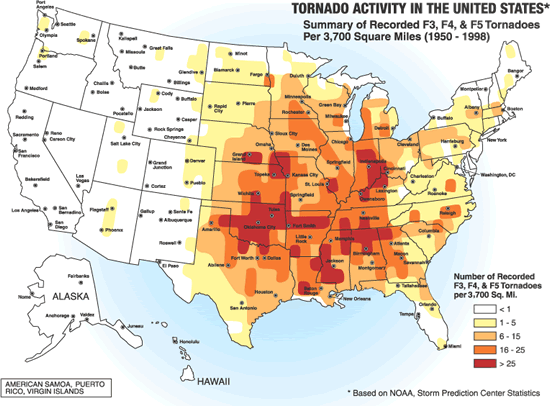
To gauge what level of detailed information we had on file for these facilities, we conducted a manual file search of each and every listed location that we insured within the three elevated wind risk zones. Notes were made on the level of detail and preparedness of each facility including security/response plans in place and COPE information.
Once the information was gathered and completed, we presented customized reports to each Falvey underwriter on their book of business, potential exposure to wind risk events, and risk mitigation strategies to implement accordingly. Through the utilization of our powerful analytics tools, and Falvey’s dedication to serving as a proactive value-added loss prevention resource, we were able to provide this interactive ProTecht Wind Project for use of our underwriters and assureds.
For one particular assured in California, we worked directly with their broker and risk management team to develop a disaster preparedness plan that included contracting with a local vendor to supply emergency generators in the event of a power outage to their facility used to store high value, temperature-sensitive inventory. We researched several local vendors on behalf of the assured to assess their ability to provide portable generators on scene in the event of an emergency. Upon the assured’s selection of the vendor, we worked with them to draft a guarantee contract with the vendor that generators would be made available to the assured in the event of a wide-spread power outage in the area.
Each solution is tailored to the problem and understanding the risk before an incident is key to Falvey’s philosophy of providing solutions that make a difference.
Preparedness general guidelines
- Identify all facilities that may be in danger of increased exposure to natural disasters.
- Understand the risk facing each facility based on its location, condition, and operations.
- Establish a comprehensive emergency response preparedness plan for any possible event.
- Practice running preparedness drills to familiarize staff and ensure effectiveness.
- Update your procedures often based on practice results feedback and new or changing information.
